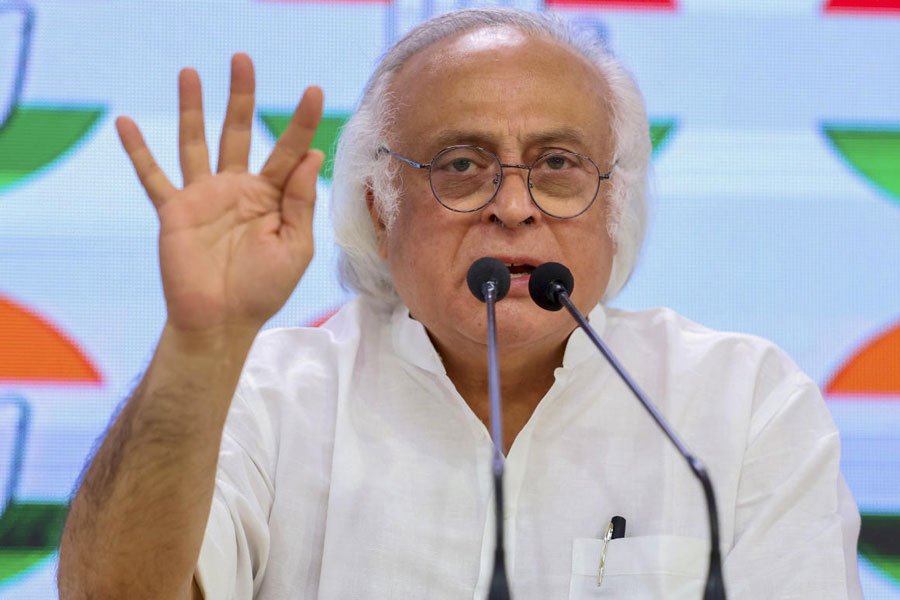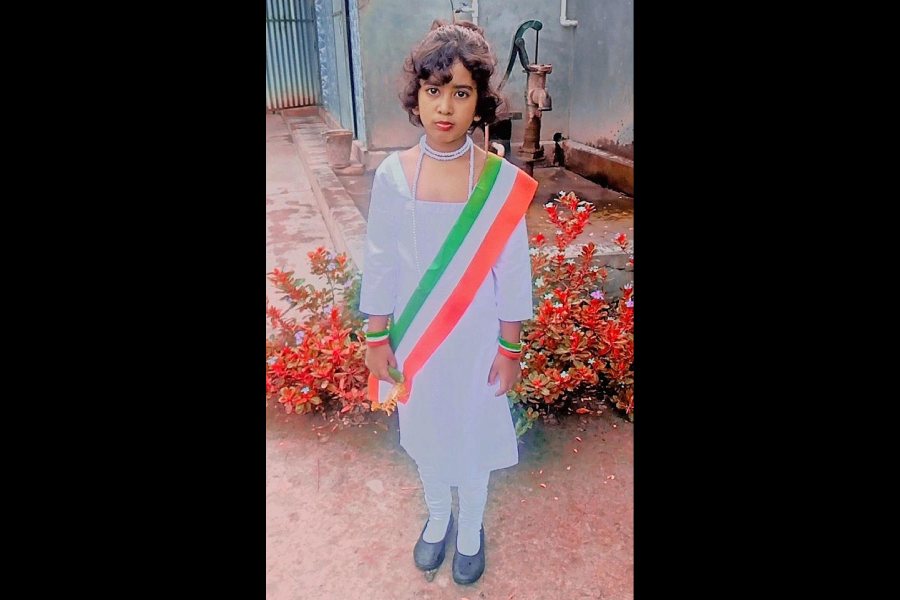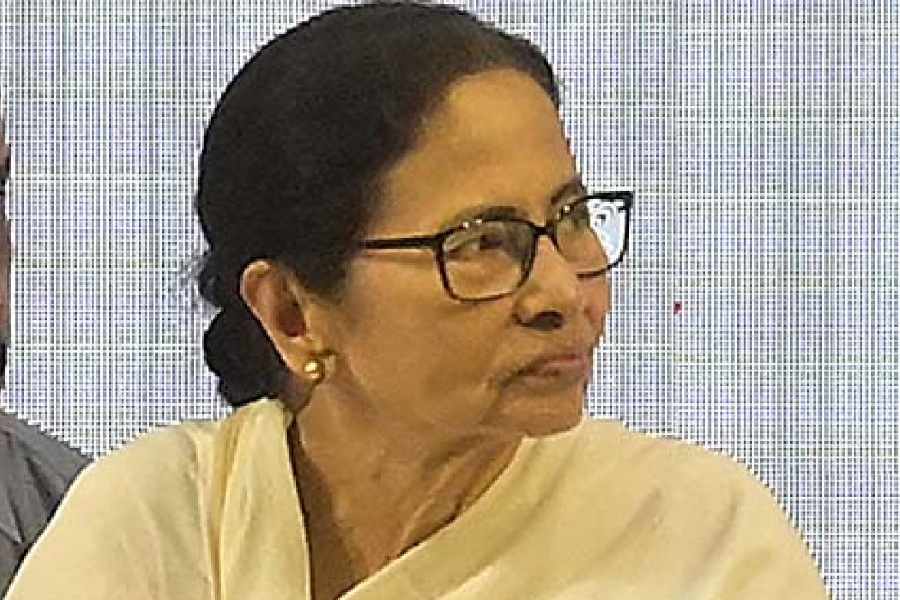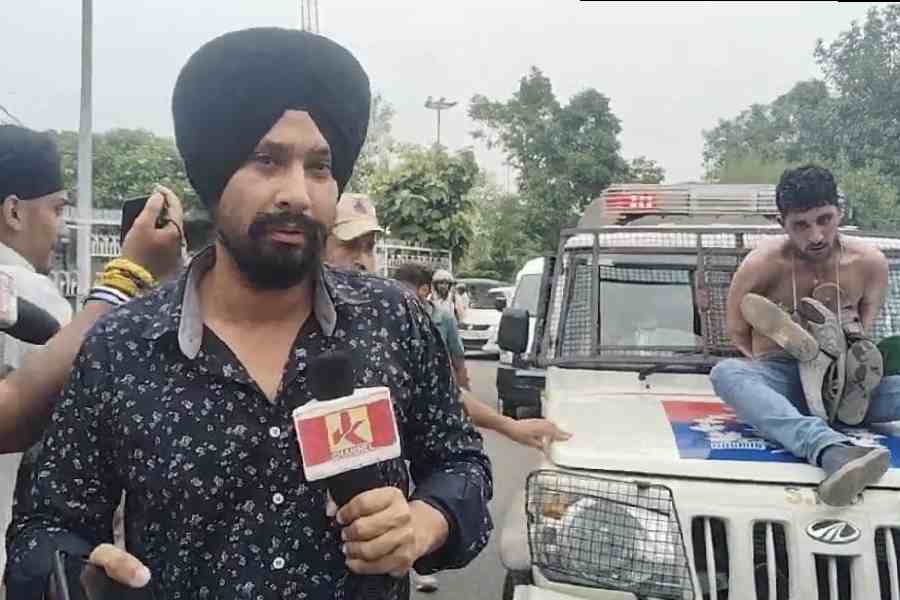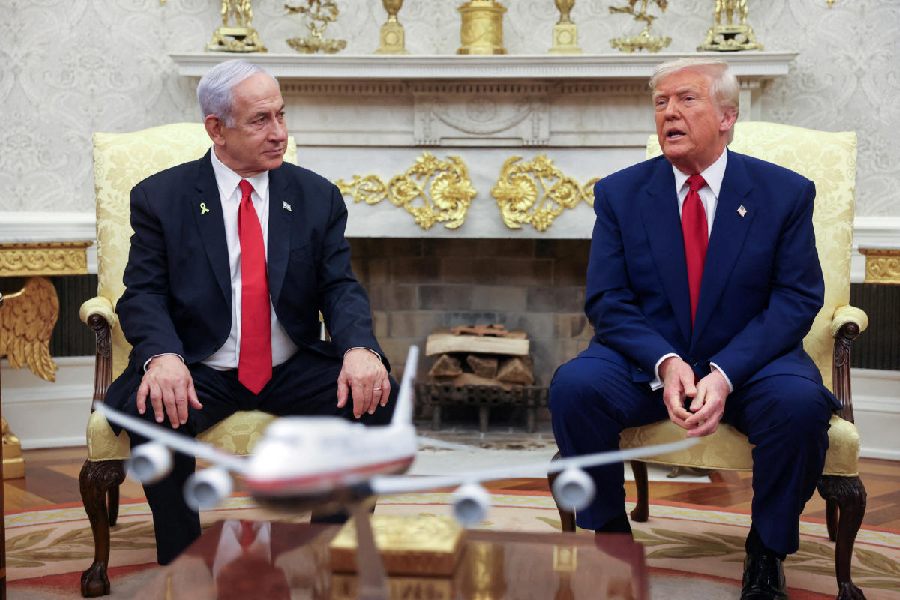 |
Harry Potter’s old and gone, but children are not despairing. The wizard may have got married and bowed out of children’s books, but there is enough on Diya Ahuja’s bookshelf to keep her happy. Rubbing shoulders with Judy Blume, Roald Dahl and Enid Blyton are known and unknown Indian names. “I never knew books by Indian authors could be so much fun to read,” says the six-year-old Delhi resident.
It’s boom time for children’s literature in India. With old authors flourishing, and new writers on the anvil, most publishing houses now have a children’s imprint. There are bookstores and literary festivals dedicated to children. This year’s Vodafone Crossword Book Award 2009 even has a new children’s category — the nominations to which were released earlier this month.
Publishers believe the children’s section in the non-educational books’ segment had been neglected for long. Children’s authors were considered lucky if they managed to get a fictional work published under a big name. “This was due to many interrelated problems — such as the lack of shelf-space for children’s books, the near absence of media coverage of books for children, price factors, the choices parents make while buying books for children, and a host of other issues,” says Vatsala Kaul Banerjee, editorial director, children’s and reference books, Hachette India.
 |
 |
 |
| FICTION FAVOURITES: Children’s authors (From top) Sonja Chandrachud, Siddhartha Sarma and Paro Anand |
But now the pages are being turned. Publishers are commissioning authors to write children’s books, publicity events are being organised prior to book releases and bookstores have larger spaces devoted to children’s authors. “When we launched in 1996 there were only two or three specialised children’s publishers. Today, we have 15 to 20 publishers, including some big names,” says Radhika Menon, managing editor of the Chennai-based Tulika Books. Publishers estimate that the children’s segment accounts for about 15 per cent of the Rs 1,200-crore publishing industry in English (inclusive of imports).
According to Pune-based author Sonja Chandrachud, Indian publishers are now eager to nurture their children’s book authors and turn them into success stories like J.K. Rowling, who executed a publishing coup with her widely successful Harry Potter books. “The publishing industry in the West has always been aware of the enormous market that exists in this segment. But it was only after Rowling, did everyone here realise that writing for children could be worth its weight in gold,” says Chandrachud, author of Potion of Eternity and Pearls of Wisdom in the “Hilarious Haunting” series by Puffin, Penguin’s children’s imprint.
Publishers agree that the segment is growing by leaps and bounds. “In the last five years, children’s writing in English has come a long way. The licensing of children’s books to the international market is testimony that Indian children’s writers are now truly world class,” says Sayoni Basu, publishing director, Scholastic India. “Parents and teachers are hungry for Indian books to recommend to their kids,” adds Anita Roy, commissioning editor of Young Zubaan.
The titles reveal that publishing houses now have moved beyond mythology, folklore and fairy tales — which were once the mainstay of the segment. “Children’s books are now published in a variety of genres that range from subjects such as travel to terrorism, and non-fiction to nonsense,” says Basu.
Hachette India, which launched a children’s imprint last year, has produced the “Taranaut” series, an adventure fantasy tale by Roopa Pai. Hachette’s soon to be released book The Lama, The Snow Leopard and the Thunder Dragon by Hyderabad-based lawyer John Shulman is a fantasy woven with messages of colonialism and development. Young Zubaan’s “Foxy Four” series by Subhadra Sen Gupta are adventure tales of four teenage schoolgirls based in Delhi and Varanasi while Paro Anand’s bestseller No Guns at My Son’s Funeral (Roli Books) talks about terrorism. “Almost all the children I have met would rather read something contemporary than just mythology,” says Anand, an award-winning author.
The reason for the shift in writing, explains Sudeshna Shome Ghosh, editorial director of Puffin, is the demand for books that resonate with the reader’s life and situations. “Though there is still demand for fantasy, books that talk about schools, friends, parents in contemporary settings are getting popular,” she says.
 |
Young readers have moved beyond moral stories. “They want more subtlety and candour woven into their stories, without the obvious preachy stuff,” says Chandrachud. “Today’s kids are more connected to the real world so we can’t fool them anymore,” adds author Siddhartha Sarma, whose books Trips and Stuff and The Grasshopper’s Run have been nominated for the Crossword Books Award.
Fuelling the growth of children’s writing are initiatives such as Bookaroo, a children’s literary festival in Gurgaon, on the outskirts of Delhi, being held since 2008. “The first year we had 3,000 participants; last year there were 6,000 and this year we are expecting a turnout of 15,000,” says M. Venkatesh, co-organiser of Bookaroo and partner, Eureka Bookstore, Delhi. The festival, which intends to go to other cities as well, gets the top children’s publishers and authors under one umbrella. Besides exhibiting and selling books, it has events such as book reading sessions, contests and book launches.
Not surprisingly, children’s writers feel that they are finally getting their due. Awards and other forms of recognition have encouraged both writers and publishers. “Now writers who have good stories to tell will find a publisher,” says author Roopa Pai.
Venkatesh points out that many Indian authors are doing well — with critical acclaim meeting sales. “Besides the usual Ruskin Bond, Ranjit Lal, Subhadra Sen Gupta and Deepa Aggarwal, we now have Roopa Pai, Siddhartha Sarma, Sampurna Chattarji, Anushka Ravishankar, Sandhya Rao, Devika Rangachari, Jerry Pinto, Suniti Namjoshi, Anjali Raghbeer and others connecting with kids,” he says.
Bookstores, including Oxford, Crossword and Eureka, have fuelled the demand for children’s books. “Children’s books are one of the largest sections within any bookstore, both in terms of volume and space allocation,” says Sivaraman Balakrishnan, marketing manager, Crossword bookstore. “It’s the biggest category in terms of sales at Crossword, contributing to 23 per cent of the total sales,” he adds. Eureka, which was launched five years ago exclusively catering to children, has now started accepting online orders. “We have been growing by 22 per cent every year,” says Venkatesh.
The growth of the children’s segment in the publishing industry has translated into more titles and higher sales. “The general growth in the children’s books market is about 15-25 per cent, depending upon the category,” says Banerjee. “It looks likely we will double sales in our initial couple of years,” she adds.
Scholastic brings out 100 titles every year. While the number of titles published hasn’t changed in the last five years, the sales figures have grown by 20 per cent. Puffin recorded a 30 per cent growth over the last year, while Menon of Tulika says it has seen almost a 100 per cent growth in the past three years.
The buoyant mood in the children’s publishing industry has triggered a buying spree. “I always wanted my kids to read something with an Indian context, so that when my daughter narrates a story it is about Kavita and not Katherine,” says Diya’s mother Aparna Ahuja. As for Diya, she is busy picking up books that talk less of eating marmalade in Cornwall and more about tasting jalebis in Chandni Chowk.


